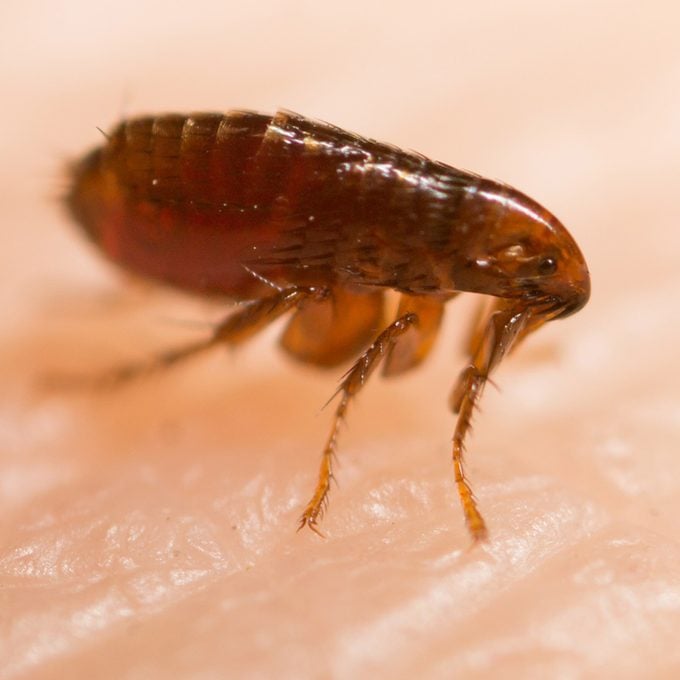Are fleas bugging you or your pets? Don't let them stick around! Here's how to effectively get rid of fleas!
How to Get Rid of Fleas

If your pets have brought fleas into your home, you’ll know it. These pests may be small, but they jump around a lot and tend to bite, especially in the warmer months. If you are bugged by a flea infestation, here’s how to get rid of fleas the right way.
Kill the Fleas
The most effective way to kill fleas directly is with a home-safe flea spray, like the Wondercide Flea and Tick spray. When fleas invade, they tend to spread all around the house, but also congregate in certain areas. Use the spray in places where you see fleas. This can be the back of your sofa, the edge of your carpet, pet bedding and so on.
By spraying around your house, you can remove many active fleas immediately, so this is an effective first step. However, there are usually dormant fleas and eggs you also need to remove. Here, find out the difference between fleas and ticks.
Clean Your House
The next step in getting rid of fleas is cleaning. As a general rule, clean everything that has fabric. Thoroughly vacuum your furniture, carpet, drapes, pillows—anything made of fabric. Carpet is especially important, leave no inch un-vacuumed.
Take all of your bed linens and wash them, along with any other laundry and towels. If the infestation is bad, throw away pet bedding. If it’s a small outbreak of fleas, clean the pet bedding thoroughly. If you notice more fleas, spray the area with the flea spray.
In really bad cases, you may want to turn to bug bombs, although you should try to avoid this option since the bombs are very toxic and makes your home unusable for a while. Here are a few signs to look for to find out if your pet has fleas.
Protect Your Pets
If fleas are making it into your house, your pets are a common culprit. It’s time to visit the vet and ask about flea medications that will kill any fleas before they can infest your home.
Got more than just fleas? Here’s a DIY guide to the most common ones, with information on what they are and how to get rid of them.
You can also get rid of mosquitoes with simple ingredients. Learn how to make homemade mosquito repellent for your yard here.



















